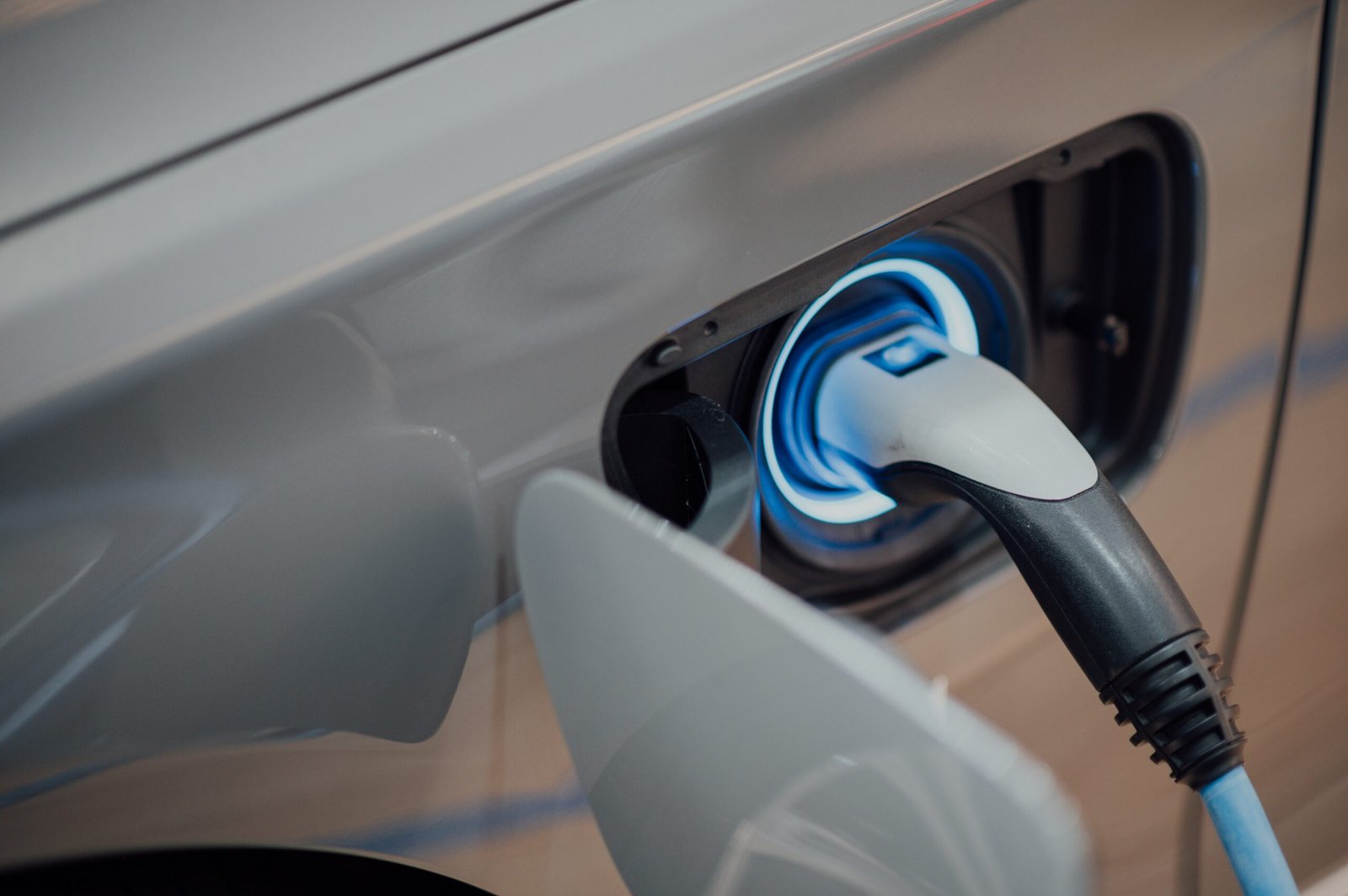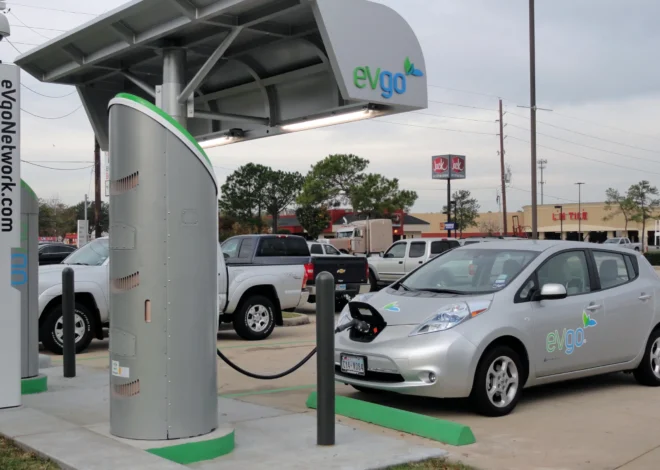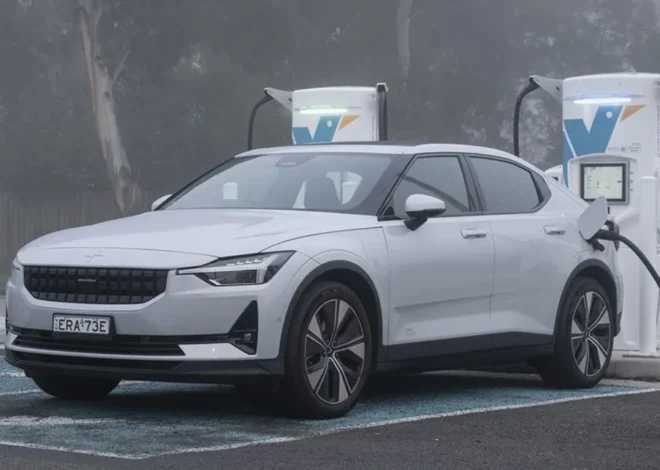
Do Electric Cars Have Catalytic Converters?
When it comes to the world of automobiles, there has been a significant shift towards electric vehicles (EVs) in recent years. As more people become conscious of the environmental impact of traditional gasoline-powered cars, they are turning to electric cars as a greener alternative. One question that often arises is whether electric cars have catalytic converters, a component commonly found in gasoline-powered vehicles. In this article, we will explore the role of catalytic converters in cars and whether they are present in electric vehicles.
Understanding Catalytic Converters
A catalytic converter is a device that is part of the exhaust system in gasoline-powered cars. Its primary function is to reduce harmful emissions by converting them into less harmful substances. The converter contains a catalyst, typically composed of platinum, palladium, and rhodium, which facilitates the chemical reactions that transform harmful gases into less toxic ones.
The main pollutants that catalytic converters target are nitrogen oxides (NOx), carbon monoxide (CO), and unburned hydrocarbons (HC). Through a series of chemical reactions, the catalyst in the converter promotes the conversion of these pollutants into nitrogen, carbon dioxide, and water vapor.
Electric Cars and Emissions
Unlike gasoline-powered cars, electric vehicles do not have an internal combustion engine. Instead, they are powered by electric motors and rely on rechargeable batteries for energy. As a result, electric cars produce zero tailpipe emissions, meaning they do not emit any pollutants while driving.
Since electric cars do not burn fossil fuels, they do not produce the same harmful emissions as gasoline-powered vehicles. This is a significant advantage in terms of air quality and reducing greenhouse gas emissions, as electric cars contribute to cleaner and healthier environments.
No Catalytic Converters in Electric Cars
Given that electric cars do not produce any exhaust emissions, there is no need for catalytic converters in these vehicles. The absence of an internal combustion engine means that there are no harmful gases being emitted that would require conversion into less toxic substances.
While electric cars do have their own set of environmental concerns, such as the production and disposal of batteries, they are still considered more environmentally friendly compared to gasoline-powered cars. The lack of catalytic converters in electric vehicles is just one example of how their design differs from traditional cars.
Other Emission Control Systems in Electric Cars
Although electric cars do not require catalytic converters, they still incorporate various emission control systems to ensure optimal performance and minimize any potential environmental impact.
One important system found in electric vehicles is the Battery Management System (BMS). The BMS monitors and manages the battery’s performance, ensuring its efficiency and longevity. By maintaining the battery’s health, the BMS helps to reduce energy waste and maximize the overall efficiency of the vehicle.
Additionally, electric cars often utilize regenerative braking systems, which capture and store energy that would otherwise be lost as heat during braking. This energy can then be used to power the vehicle, reducing the reliance on the battery and increasing overall efficiency.
The Future of Electric Cars
As the demand for electric cars continues to rise, manufacturers are investing in research and development to improve their technology and address any remaining challenges. While electric cars may not require catalytic converters, they are constantly evolving to become even more sustainable and efficient.
Advancements in battery technology, charging infrastructure, and renewable energy sources are all contributing to the growth and acceptance of electric vehicles. As these technologies continue to improve, the environmental benefits of electric cars are expected to become even more significant.
Conclusion
Electric cars do not have catalytic converters, as they do not produce the same harmful emissions as gasoline-powered vehicles. The absence of an internal combustion engine in electric cars eliminates the need for catalytic converters, making them even more environmentally friendly. While there are still challenges to overcome in terms of battery production and disposal, electric vehicles are paving the way for a cleaner and greener future of transportation.


